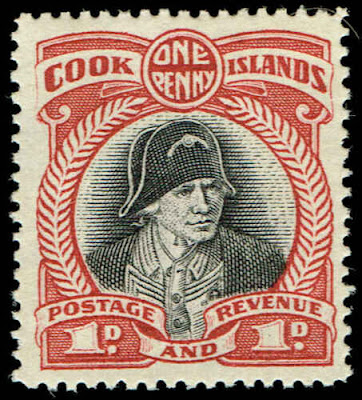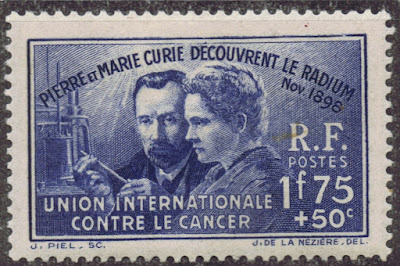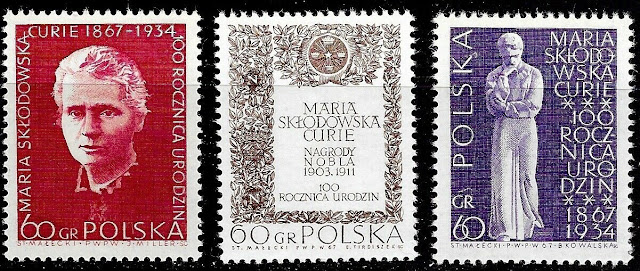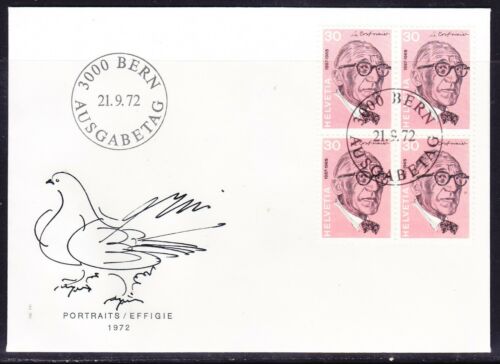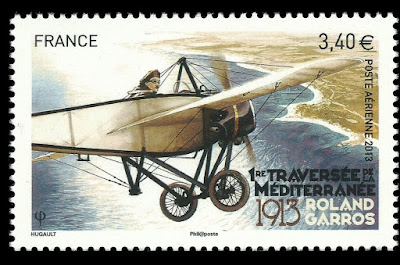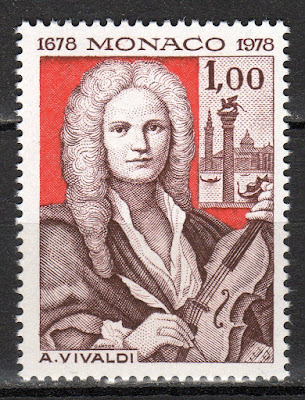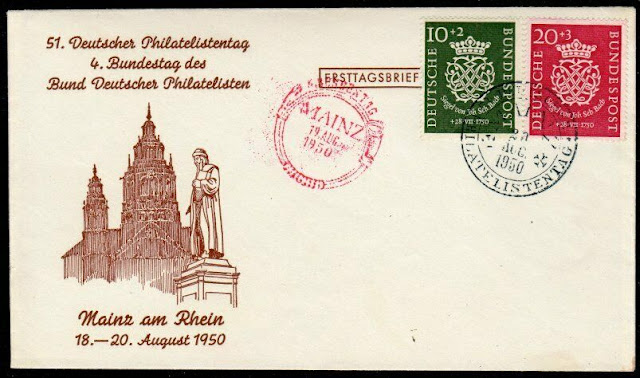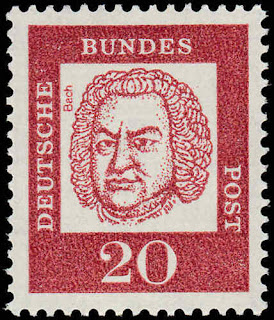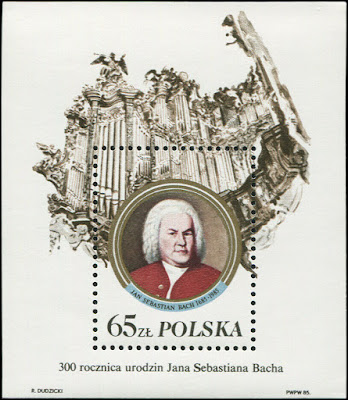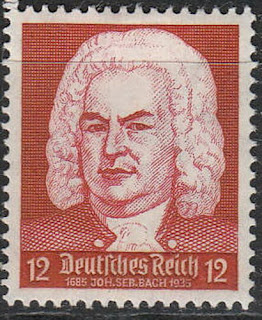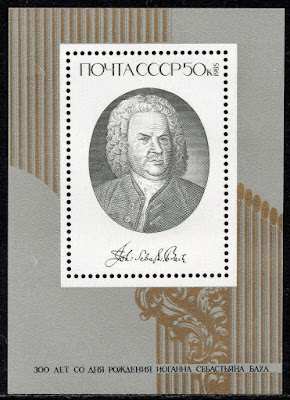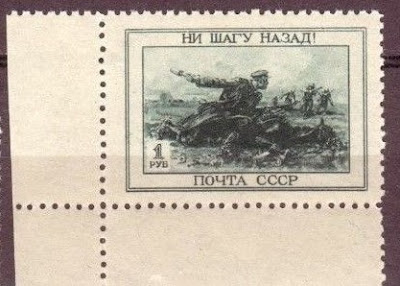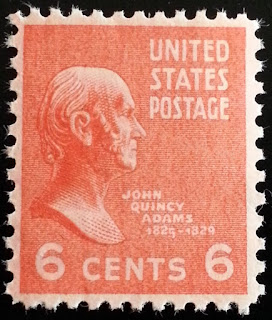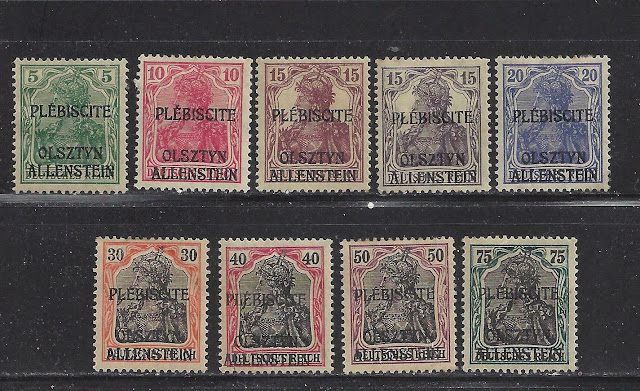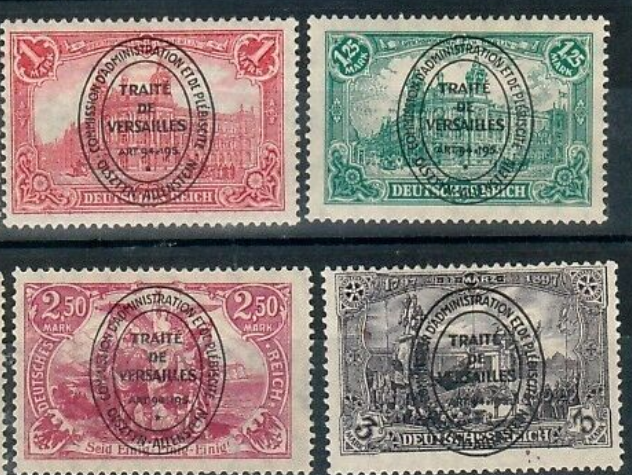1633 Died: Cornelis Drebbel, Dutch inventor (b. 1572)
Cornelis Jacobszoon Drebbel(1572 – 7 November 1633) was a Dutch engineer and inventor. He was the builder of the first navigable submarine in 1620 and an innovator who contributed to the development of measurement and control systems, optics and chemistry.
The Edison of his era, Drebbel was an empirical researcher and innovator. His constructions and innovations cover measurement and control technology, pneumatics, optics, chemistry, hydraulics and pyrotechnics. Along with Staten General he registered several patents. He also wrote essays about his experiments with air pressure and made beautiful engravings; including The Seven Liberal Arts on a map of the city of Alkmaar. He was involved in making theater props, moving statues and in plans to build a new theater in London. He worked on producing torpedoes, naval mines, detonators with that used glass Batavian tears, and worked on fulminating gold (aurum fulminans) as an explosive.
He was known for his Perpetuum Mobile, built an incubator for eggs and a portable stove/oven with an optimal use of fuel, able to keep the heat on a constant temperature by means of a regulator/thermostat. He designed a solar energy system for London (perpetual fire), demonstrated air-conditioning, made lightning and thunder ‘on command’, and developed fountains and a fresh water supply for the city of Middelburg. He was involved in the draining of the moors around Cambridge (the Fens), developed a predecessors of the barometer and thermometer, and a harpsichords that played on solar energy.
He also built the first navigable submarine in 1620 while working for the English Royal Navy. He manufactured a steerable submarine with a leather-covered wooden frame. Between 1620 and 1624 Drebbel successfully built and tested two more submarines, each one bigger than the last. The final (third) model had 6 oars and could carry 16 passengers. This model was demonstrated to King James I in person and several thousand Londoners. The submarine stayed submerged for three hours and could travel from Westminster to Greenwich and back, cruising at a depth between 12 and 15 feet (4 to 5 metres). Drebbel even took James in this submarine on a test dive beneath the Thames, making James I the first monarch to travel underwater. This submarine was tested many times in the Thames, but it couldn't attract enough enthusiasm from the Admiralty and was never used in combat.
Stamps issued by St. Maarten depicting Drebbel and his submarine
1728 Born: James Cook, English captain, navigator, and cartographer (d. 1779)
Captain James Cook (7 November 1728 – 14 February 1779) was a British explorer, navigator, cartographer, and captain in the Royal Navy. He made detailed maps of Newfoundland prior to making three voyages to the Pacific Ocean, during which he achieved the first recorded European contact with the eastern coastline of Australia and the Hawaiian Islands, and the first recorded circumnavigation of New Zealand.
Cook joined the British merchant navy as a teenager and joined the Royal Navy in 1755. He saw action in the Seven Years' War and subsequently surveyed and mapped much of the entrance to the Saint Lawrence River during the siege of Quebec, which brought him to the attention of the Admiralty and Royal Society. This acclaim came at a crucial moment in his career and the direction of British overseas exploration, and led to his commission in 1766 as commander of HM Bark Endeavour for the first of three Pacific voyages.
In these voyages, Cook sailed thousands of miles across largely uncharted areas of the globe. He mapped lands from New Zealand to Hawaii in the Pacific Ocean in greater detail and on a scale not previously charted by Western explorers. He surveyed and named features, and recorded islands and coastlines on European maps for the first time. He displayed a combination of seamanship, superior surveying and cartographic skills, physical courage, and an ability to lead men in adverse conditions.
Cook was attacked and killed in 1779 during his third exploratory voyage in the Pacific while attempting to kidnap the Island of Hawaii's monarch, Kalaniʻōpuʻu, in order to reclaim a cutter stolen from one of his ships. He left a legacy of scientific and geographical knowledge that influenced his successors well into the 20th century, and numerous memorials worldwide have been dedicated to him.
Stamps from Australia, Cook Islands and the United States depicting James Cook
1867 Born: Marie Curie, Polish chemist and physicist, Nobel Prize laureate (d. 1934)
Marie Skłodowska Curie(born Maria Salomea Skłodowska; 7 November 1867 – 4 July 1934) was a Polish and naturalized-French physicist and chemist who conducted pioneering research on radioactivity. She was the first woman to win a Nobel Prize, is the only woman to win the Nobel prize twice, and is the only person to win the Nobel Prize in two different scientific fields. She was part of the Curie family legacy of five Nobel Prizes. She was also the first woman to become a professor at the University of Paris, and in 1995 became the first woman to be entombed on her own merits in the Panthéon in Paris.
She was born in Warsaw, in what was then the Kingdom of Poland, part of the Russian Empire. She studied at Warsaw's clandestine Flying University and began her practical scientific training in Warsaw. In 1891, aged 24, she followed her older sister Bronisława to study in Paris, where she earned her higher degrees and conducted her subsequent scientific work. She shared the 1903 Nobel Prize in Physics with her husband Pierre Curie and physicist Henri Becquerel. She won the 1911 Nobel Prize in Chemistry.
Her achievements included the development of the theory of radioactivity (a term she coined), techniques for isolating radioactive isotopes, and the discovery of two elements, polonium and radium. Under her direction, the world's first studies were conducted into the treatment of neoplasms using radioactive isotopes. She founded the Curie Institutes in Paris and in Warsaw, which remain major centres of medical research today. During World War I she developed mobile radiography units to provide X-ray services to field hospitals.
While a French citizen, Marie Skłodowska Curie, who used both surnames, never lost her sense of Polish identity. She taught her daughters the Polish language and took them on visits to Poland. She named the first chemical element she discovered polonium, after her native country.
Marie Curie died in 1934, aged 66, at a sanatorium in Sancellemoz (Haute-Savoie), France, of aplastic anemia from exposure to radiation in the course of her scientific research and in the course of her radiological work at field hospitals during World War I
Stamps from Monaco, France and Poland depicting Marie Curie
2000 Died: Ingrid of Sweden (b. 1910)
Ingrid of Sweden (Ingrid Victoria Sofia Louise Margareta; 28 March 1910 – 7 November 2000) was Queen of Denmark from 1947 until 1972 as the wife of King Frederick IX.
Born into the House of Bernadotte, she was the daughter of King Gustaf VI Adolf of Sweden and his first wife Princess Margaret of Connaught. In 1935 she married Crown Prince Frederick of Denmark and they had three daughters, Margrethe, the present Queen of Denmark, Benedikte, now a Princess of Sayn-Wittgenstein-Berleburg, and Anne-Marie, the former Greek queen.
In 1947, her husband became king on his father's death. As queen, Ingrid reformed the traditions of Danish court life, abolished many old-fashioned customs at court and created a more relaxed atmosphere at official receptions. King Frederick IX died in 1972, and Ingrid's daughter Margrethe became queen.
She was also an aunt of the present King of Sweden, Carl XVI Gustaf.
Stamps issued by Denmark and Greenland depicting Queen Ingrid


